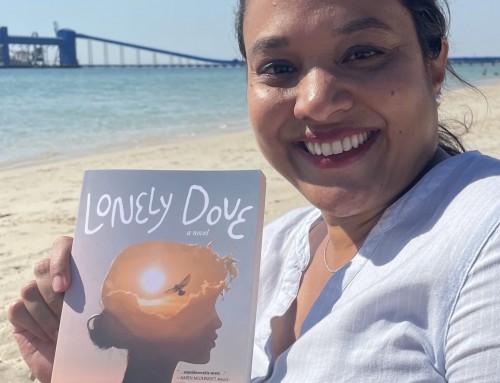![]()
Readers may already know that as well as being a full time writer, I’m a foster carer for an animal rescue group. I specialise in dogs that are elderly and/or have health challenges, so quite often my foster animals end up staying permanently. Some are ‘foster fails’ – dogs the foster carer falls in love with and can’t bear to let go. Others might be called ‘forever fosters’ – dogs that are just too difficult to find adoptive homes for. Some are too old, some too sick, some need expensive and ongoing veterinary care.
My little pack is a very important part of my life. Four dogs live with me permanently: Harry, Zen, Fergal and Pip. The photo above shows five, but little Amy (on the far right) passed away in mid-June. She was fifteen and a half years old – over a hundred in dog years – and had become very unwell. I took Amy on as a foster when she was twelve. She came from a farm where she was one of six dogs, and in her own mind she was a cattle dog or border collie, not a 4kg Pomeranian/miniature corgi mix. Unlike most rescue dogs, Amy had obviously been well loved and well looked after in her previous home. She was not only remarkably healthy for her age, but had an excellent temperament, calm and confident in all situations. She did have rather a loud bark! We were all very sad to bid our senior girl farewell.
Anyone who reads my books must know how much I love dogs. Most of the books have at least one dog character, and in some of them – notably Flame of Sevenwaters, but also Dreamer’s Pool – the dog characters play major roles. I enjoy writing about dogs and one day I may actually write a dog book, who knows?
Each of my pack members has his or her own story and they are all fascinating. One blog post doesn’t provide enough room to tell them all, so today’s post will be for the girls, and I will follow up later for the boys. The other girl in the pack is Pip, the miniature pinscher (second from the right in the photo.) Her story prior to adoption by me includes both happiness and heartbreak.
Nine years ago, when Pip was a puppy, she became the beloved only child of an old gentleman in his eighties – a birthday gift from his friend. For four years she was loved and spoiled, and gave her man love and loyalty in return. I got to know both man and dog during this period as we walked our dogs in the same area every morning. At least, I walked mine, and Geoffrey parked his car by the river and chatted to his friend, while Pip guarded both man and car as fiercely as a miniature pinscher can. She yapped at me. She yapped at my dogs. She yapped at everyone except her man and his friend and his friend’s little dog. Pip and Geoffrey were as closely bonded as any man and dog can be; they were each other’s world.
Then one morning I went on my walk and Geoffrey’s car wasn’t there. His friend and I wondered if he was sick, then parted ways. The next morning there was again no sign of Geoffrey, and his friend said he’d go round to Geoffrey’s place and see if he was OK. On the third morning I found out that Geoffrey had collapsed with a heart attack on that first day, and had lain on the floor for at least a day and a half, with little Pip as his only companion.
He was still alive and was rushed to hospital, where he passed away four days later. The friend took Pip home, but could not keep her as he already had one dog in a no-dogs rental. Geoffrey’s family couldn’t or wouldn’t take her. It was a really sad situation. Foremost in my mind was what Geoffrey himself would have wanted – for Pip to be happy, well-loved, safe. I said I would adopt her. Back then I had a miniature pinscher of my own, and Pip, antisocial as she was, did at least know me and my dogs.
It has been a challenge. Min pins are volatile and highly strung, and this one had been through a terrible experience. She was also badly overweight, so I had to impose a strict diet and exercise plan. Another challenge for Pip was being in a household where she was not the only dog – it took time for her to settle and to learn the house rules. She’d been used to getting whatever she wanted.
Pip is now nine. She still lives on a knife edge, alerting the household to anything that moves outside, warning off friends and neighbours, challenging other dogs no matter how large, hogging the queen-sized bed. Miniature pinschers are not lap dogs. They were originally bred as rat-catchers and although small they are feisty and independent. Pip has survived several health crises since coming to me, including major spinal surgery earlier this year. She’s doing well now. I can’t ever step into Geoffrey’s place – her heart was with him – but I’m happy that I’ve given her a good second-best.
Photo credit: Kathy from Shaggy Dog Shack





